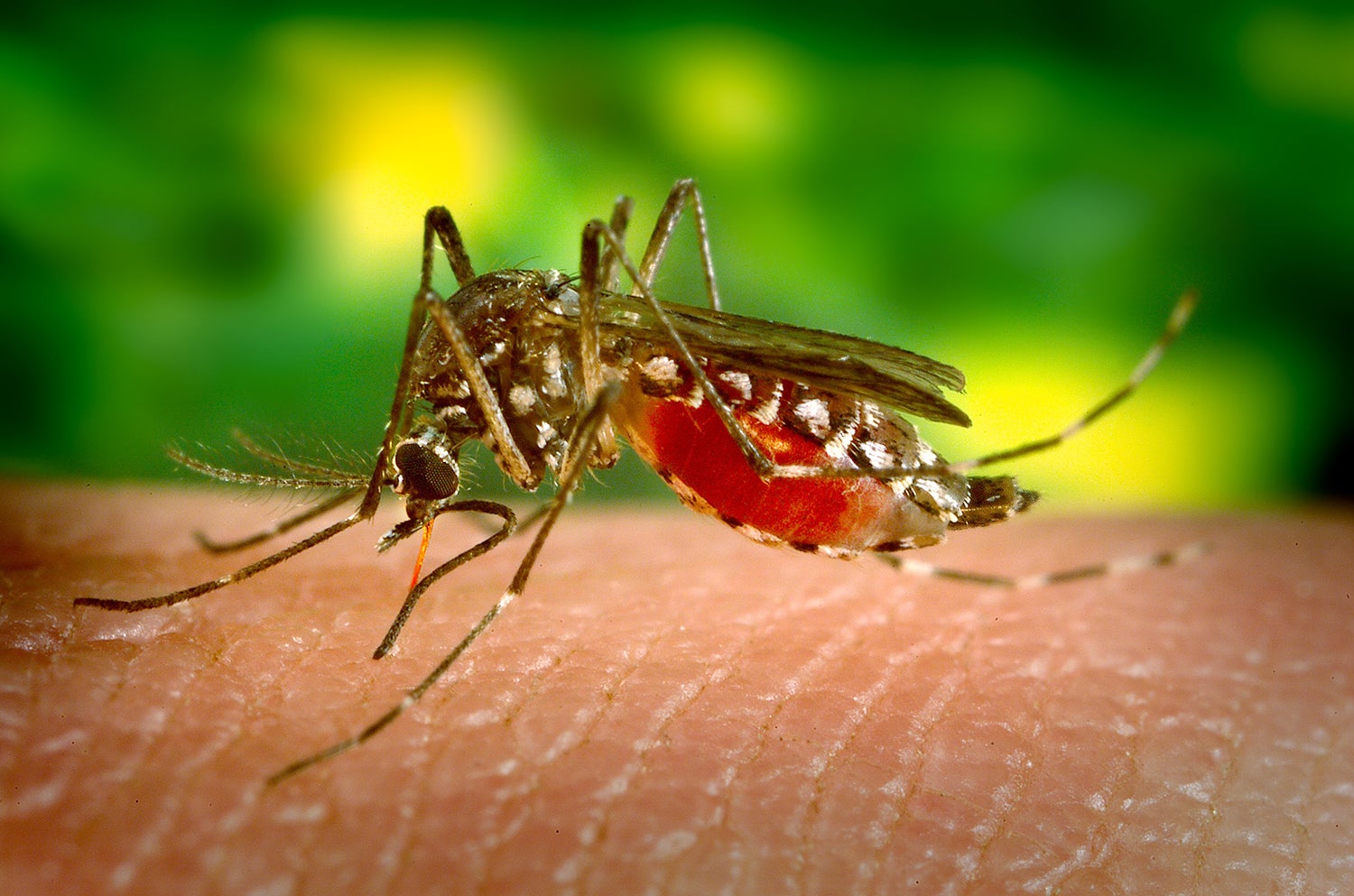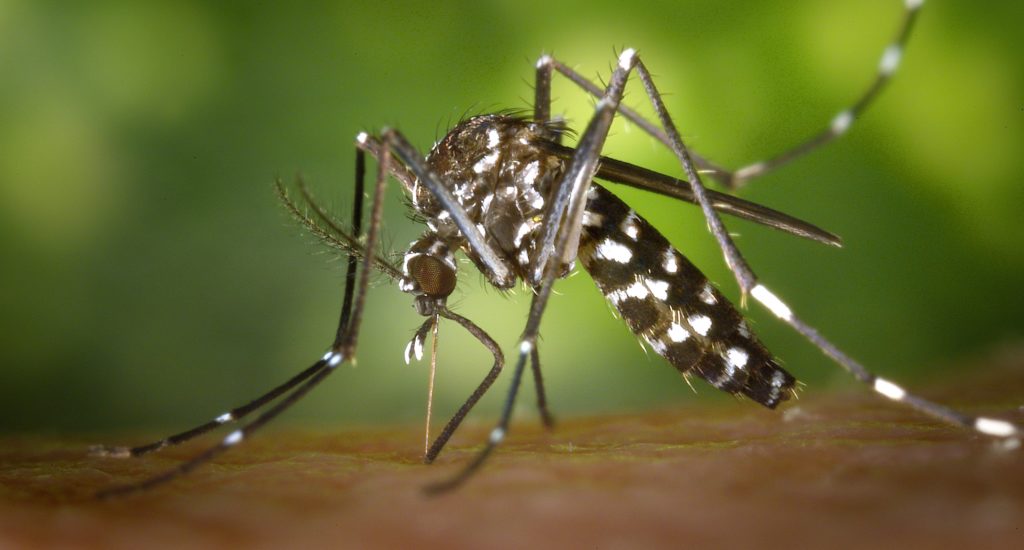Mosquito-borne diseases such as West Nile virus, Eastern equine encephalitis (EEE), malaria, and dengue are becoming more prevalent in the United States, largely due to warming climates that allow mosquitoes to thrive in new areas. For instance, New York City has reported 490 cases of West Nile viral fever since 2000, a disease that was once rare outside of East Africa and the Middle East.
West Nile infections can be mild or asymptomatic, but severe cases may lead to long-term neurological damage. The presence of West Nile in over 39 states and other mosquito-borne diseases signals a growing health concern.
Eastern equine encephalitis (EEE) is a far more dangerous mosquito-borne virus with a 30% fatality rate. While still rare, EEE has been on the rise, with sporadic outbreaks becoming more frequent over the past two decades. In 2019, the U.S. saw its largest outbreak of EEE with 38 cases, and in 2024, there have already been 10 cases across six states. To prevent further spread, states like Massachusetts have resorted to mosquito spraying programs.
Although a vaccine for West Nile virus exists for horses, none is available for humans. This gap in protection is due to the sporadic nature of West Nile outbreaks, which complicates the testing of potential vaccines.

Experts stress that a human vaccine is urgently needed, particularly as mosquito-borne diseases become more common. The rise of multiple simultaneous infections, such as a recent case in New Hampshire where a man contracted West Nile fever, EEE, and St. Louis encephalitis, highlights the growing threat.
The geographic spread of mosquito-borne diseases like malaria and dengue fever is also increasing. For the first time in 20 years, locally acquired malaria cases were reported in the U.S., while dengue has been detected in California and Arizona.
This trend mirrors similar outbreaks in Europe and South America, with record numbers of dengue cases in 2024. Climate change is the primary driver behind the spread of these diseases, as warmer temperatures enable mosquitoes to colonize new regions.
Rising temperatures are allowing mosquitoes like Aedes aegypti and Culex coronator to expand their range. Once limited to warmer climates, these species are now being found in areas previously too cold for them.
In the U.S., mosquitoes are moving further north, while in countries like Nepal, diseases such as malaria are creeping into mountainous regions previously considered malaria-free. Projections indicate that one billion people may be newly exposed to mosquito-borne viruses over the next century.
The biology of mosquitoes plays a key role in their expanding habitats. As cold-blooded creatures, mosquitoes are highly sensitive to temperature changes. Warmer climates accelerate their life cycles, increasing breeding periods and the size of mosquito populations. This has already led to longer transmission seasons and larger outbreaks of diseases like dengue, especially as Aedes mosquitoes thrive in milder conditions.

Climate change also contributes to mosquito-spread through extreme weather events like flooding and drought. Floodwaters pooling in discarded containers create ideal breeding grounds for mosquitoes.
Urbanization and increased human movement further facilitate the spread of mosquito populations. Dengue outbreaks, in particular, are expected to rise, and while vaccines are starting to be introduced, the U.S. is not well-prepared for large-scale outbreaks.
Environmental pollution, especially plastic waste, also promotes mosquito breeding. Species such as Aedes aegypti and Anopheles stephensi are known as “container breeders” and thrive in stagnant water collected in discarded plastic items.
Even small amounts of water in bottle caps can serve as breeding grounds. This growing combination of climate change, pollution, and human activity continues to make conditions more favorable for mosquitoes, increasing the public health threat.
